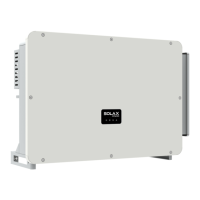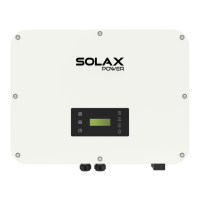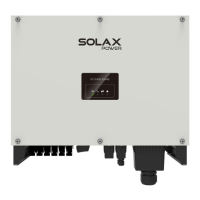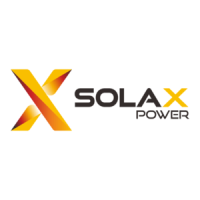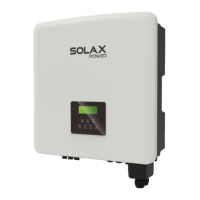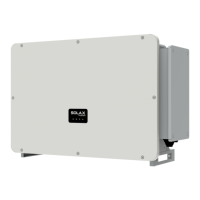97
Electrical Connection
7.2.2 Grid and EPS Connection
NOTICE!
• Before connecting the inverter to the grid, approval must be received by the local
utility as required by national and state interconnection regulations.
The inverter has an EPS function. When the grid is connected, the inverter outputs go
through the Grid port, and when the grid is disconnected, the inverter outputs go through
the EPS port.
Requirements for AC side connection
• Grid Voltage requirement
»
The grid voltage must be within the permissible range. The inverter is suitable
for rated voltage 380/400V, frequency 50/60Hz. Other technical requests
should comply with the requirement of the local public grid.
• RCD requirement
»
The inverter does not require an external residual-current device
when operating. If an external RCD is required by local regulations, It is
recommended to use a Type-A RCD with the value of 300 mA.
• AC breaker requirement
»
An AC breaker that matches the power of the inverter must be connected
between the inverter output and the power grid, and each inverter must
be equipped with an independent breaker or other load disconnection unit
to ensure the safe disconnection from the grid. Refer to “4.3 Additionally
Required Materials” for specific data of AC breaker of Grid and EPS.
• Load requirement
»
It is prohibited to connect any load between the inverter and the AC breaker.
»
Ensure that the EPS load rated power is within the EPS rated output power
range, otherwise, the inverter will report an "Overload" warning. When
“overload” occurs, adjust the load power to make sure it is within the EPS
rated output power range, and the inverter will automatically return to
normal. For non-linear loads, ensure that the inrush current power is within
the EPS rated output power range. When the configuration current is less
than the maximum DC input current, the capacity and voltage of lithium and
lead acid will decrease linearly.
»
The inverter support less than 2kW half-wave EPS load.
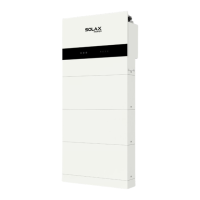
